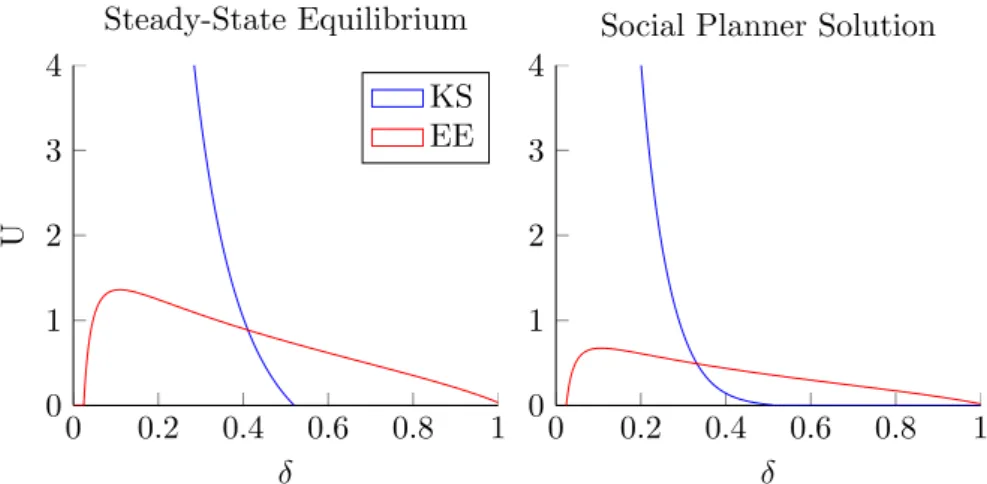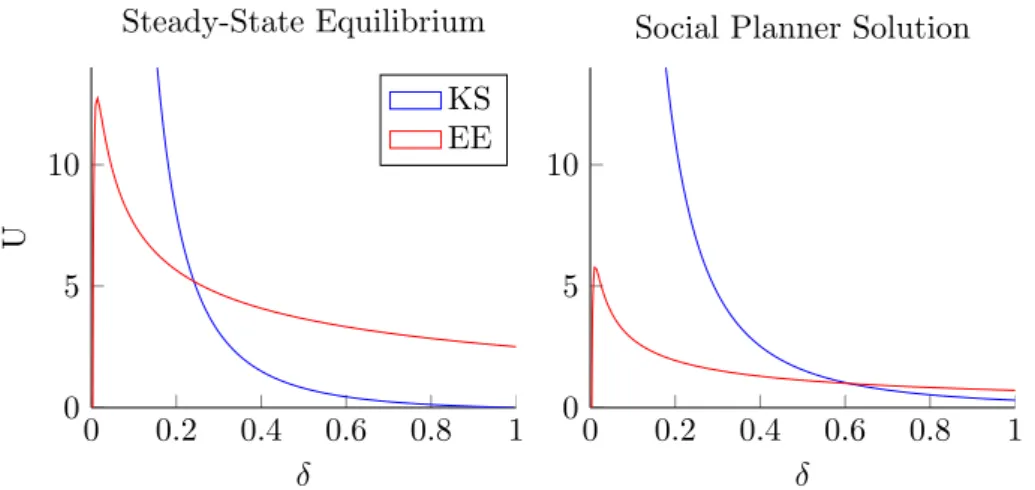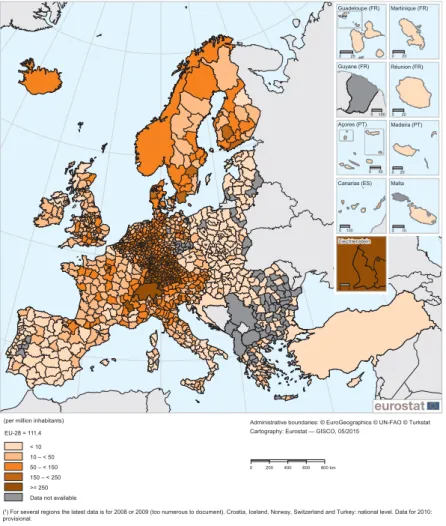On The Spatial Economics of Knowledge Accumulation
Volltext
Abbildung
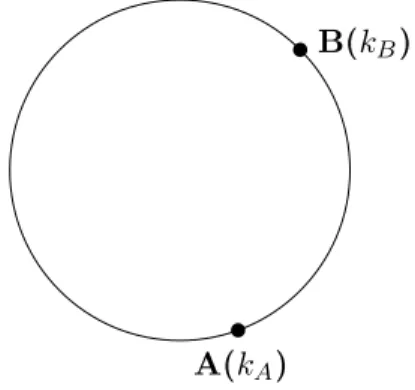
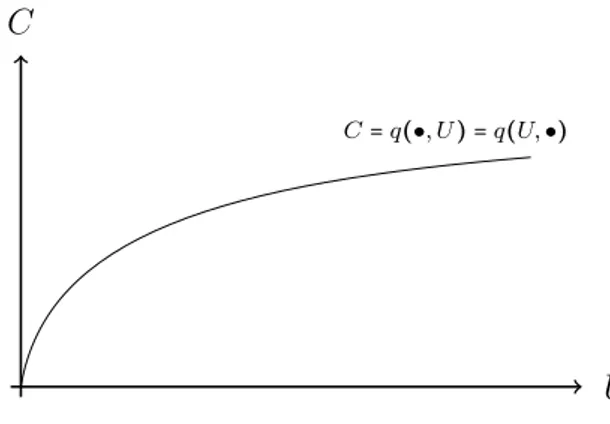
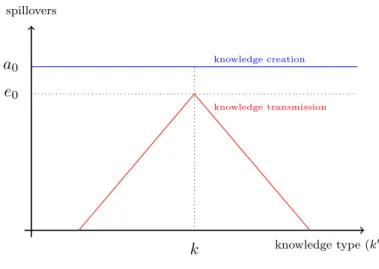

ÄHNLICHE DOKUMENTE
Gerlach & Rice (2003) found that among three alien Centalll'ea species differing in their invasiveness in California there are minimal differences in seed
We combined these data with information on life history, native range size and global information on the incidence and the extent of naturalization (expressed as being naturalized
M y guess is that mathematicians use their modeling powers to simulate the battle of life. This is done all the time in the animal realm. The young, especially, play
Methodology/Principal Findings: We measured dominant and subordinate female alloparental brood care and reproductive success in four separate experiments and show that unrelated
Due to appearance changes under large pose variations, using 2D descriptors from the initial frame may lead to tracking failure.. Given a 3D pose x to evaluate, we render
To foster the discussion on how to promote, design and implement effective and comprehensive policies towards what is called “Open Access” and “Open knowledge” within
Initially the study participants were provided face-to- face therapy sessions, on completion of which, rehabilita- tion services were provided through telepractice using a video
Es handelt sich im Kern um die Förderung derselben psychischen Pro- zesse […]“ (Behr et. Für die vorliegende Arbeit bedeutet dies, dass die Autorinnen, aufgrund der Ähnlichkeit und


